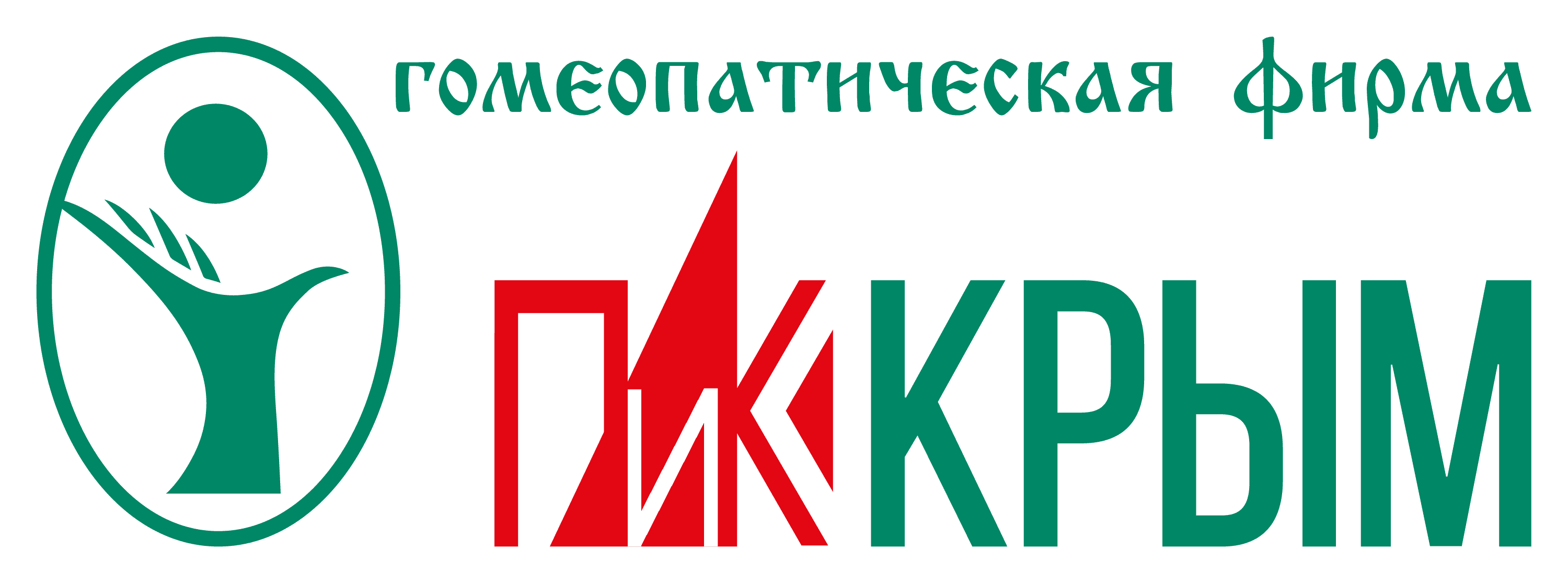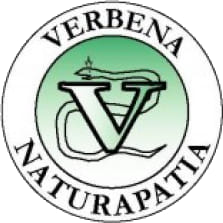Other names and synonyms
pyre-p.Description Source
Encyclopedia of Pure Materia Medica - TF AllenPharmacological Group
Description
Common names, Spanish Pellitory, Fever few.
Additional facts
Pyrethrum Parthenium, L. Chrysanthemum Parthenium, вernh).
Natural order, сompositae. Preparation, Tincture of the plant.
Natural order, сompositae. Preparation, Tincture of the plant.
Common symptoms
Very excited, and talked incessantly for four hours (second day).
Lying in a state of stupor; easily roused, but quickly relapsing (second day). Soreness of the tongue (first night). At 5, the next morning, diarrhoea commenced, accompanied with pain; at first diarrhoea was profuse and exhausting, with tenesmus; afterwards involuntary evacuations of mucus, slightly tinged with blood; the irritation of the bowels subsided by the following morning. Pulse 120 and feeble, becoming much more rapid at intervals (second day); continued rapid (between 120 and 130) until the fifth day, when it became normal. itching of the muscles of the limbs, not of those of the face (second morning); at 12.30 violent convulsions came on, lasting for an hour, and leaving the child apparently moribund, but he gradually improved, and at 3 could be roused, took some wine, and went to sleep for some hours, having convulsive movements like those of tetanus (second day); the twitchings subsided by the morning of the third day. Restlessness (first night). Profuse perspiration (first night).
Lying in a state of stupor; easily roused, but quickly relapsing (second day). Soreness of the tongue (first night). At 5, the next morning, diarrhoea commenced, accompanied with pain; at first diarrhoea was profuse and exhausting, with tenesmus; afterwards involuntary evacuations of mucus, slightly tinged with blood; the irritation of the bowels subsided by the following morning. Pulse 120 and feeble, becoming much more rapid at intervals (second day); continued rapid (between 120 and 130) until the fifth day, when it became normal. itching of the muscles of the limbs, not of those of the face (second morning); at 12.30 violent convulsions came on, lasting for an hour, and leaving the child apparently moribund, but he gradually improved, and at 3 could be roused, took some wine, and went to sleep for some hours, having convulsive movements like those of tetanus (second day); the twitchings subsided by the morning of the third day. Restlessness (first night). Profuse perspiration (first night).
Manufacturers (or distributors) of the drug



